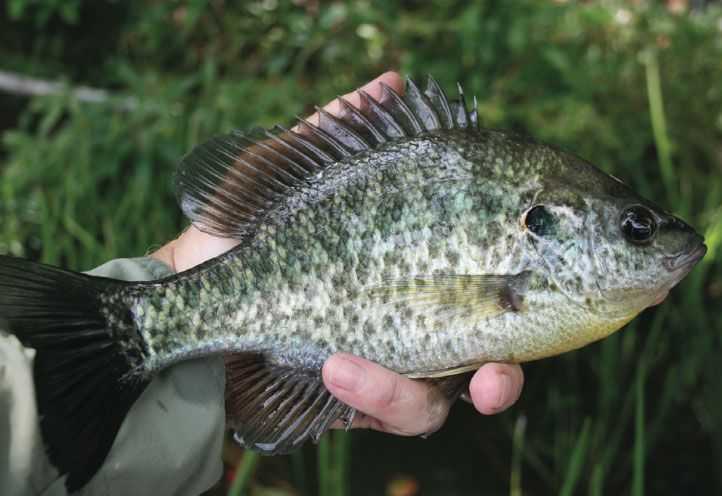

This shellcracker was initially from Florida, North Carolina, southern Missouri, south of the Rio Grande drainage in Texas, and west to southern Illinois. However, they are originally native to some waters in the U.S. Redear sunfish became so popular when they were introduced to the majority of waters in North America, so much so that they’ve become an invasive species in many areas. These teeth are used for crushing their favorite food, snails, and mussels, which is where they get their nickname, shellcracker. The spinous dorsal fin is in front of a soft dorsal fin.įinally, this deep-bodied fish has a unique set of teeth in their small mouth, called pharyngeal teeth. Meanwhile, their anal fin only has three spines. They have a dorsal fin that usually has nine to eleven spines.

An adult can be around 20 and 24 cm (7.9 – 9.4 in) in length. The average body size is 0.45 kg (0.99 lb). Most of them will have green to yellow sides. Their coloration can range from a dark olive green above and an almost entirely white bottom belly. Only males have this flap coloration, while females have a more orange coloration to them.

The redear sunfish is best known for the red edge of its operculum or “ear” flap. The redear sunfish’s coloration varies greatly, depending on factors such as age, sex, and water quality. The redear is included in the Centrarchidae family, commonly known by the name “ sunfish. The scientific name, Lepomis microlophus, comes from Lepomis, meaning “scaled gill cover” and microlophus, meaning “small nape” in Greek. Redear Sunfish, Lepomis Microlophus, also widely known as the shellcracker, cherry gill, improved bream, rouge ear sunfish, chinquapin, sun perch, and Georgia bream.


 0 kommentar(er)
0 kommentar(er)
